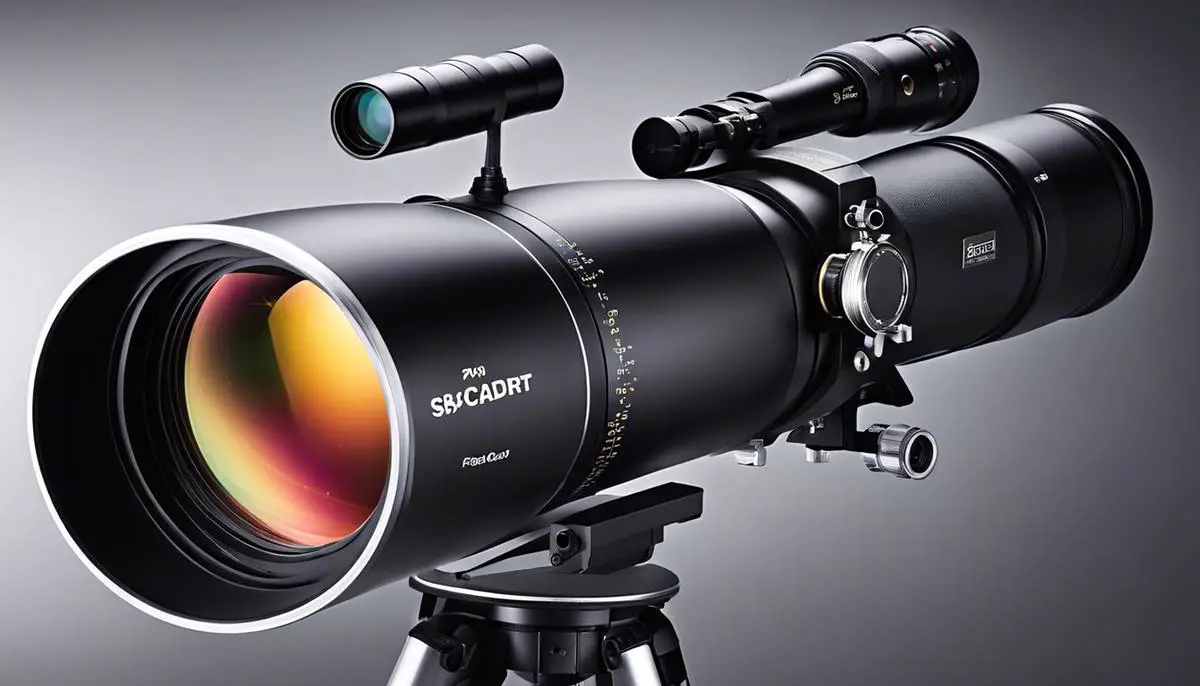The universe presents a spectacle of wonders that has enthralled humans for millennia. At the heart of exploring this cosmic frontier is the telescope, an instrument that serves as our window to the deep sky’s vast expanse. For enthusiasts eager to unlock the mysteries of the cosmos, choosing the right telescope is akin to selecting an explorer’s best tool. This exploration begins with optical specifications, delving into the intricacies of aperture size, focal length, and whether to follow the path of reflector or refractor technologies. High-quality optics are not just a preference, but a necessity for the avid deep sky observer seeking to discern the delicate details of distant galaxies, nebulae, and star clusters. Without those, the subtle dance of light across eons would remain unnoticed to the earthly eye.
Optical Specifications for Deep Sky Observing
Unveiling the Cosmos: Essential Optical Features for Deep Sky Telescopes
Exploring the Depths of Space Through Optics
When one endeavors to probe the vast expanse of the cosmos, especially when targeting distant galaxies, nebulae, and other deep sky objects, the role of optical instruments becomes paramount. A deep sky telescope is a marvel of scientific engineering that harnesses the fundamental principles of optics to bring the serene beauty of the universe closer to our inquisitive eyes. Such an instrument requires a suite of essential optical features to fulfill its mission, harvesting photons that have traveled aeons to reach us.
Aperture: The Light-Gathering Powerhouse
At the heart of every deep sky telescope lies its aperture – the diameter of its primary lens or mirror. This feature dictates the telescope’s light-gathering capacity. The larger the aperture, the more light the telescope can collect, which is imperative for discerning the faint glows of distant cosmic entities. A substantial aperture allows for the capture of more details, providing a clearer image of elusive celestial wonders that would otherwise be mired in the darkness of space.
Focal Length and Ratio: Sculpting the Image
Closely tied to the aperture is the focal length of the telescope, which is the distance from the optical center of the lens or mirror to the point where the light rays converge to form an image. The focal length directly influences the magnification potential and field of view of the instrument. A longer focal length yields higher magnification at the cost of a narrower field of view, which can be ideal for observing discrete objects like distant galaxies or small nebulae. The focal ratio, determined by dividing the focal length by the aperture size, describes the instrument’s speed. A lower focal ratio, or “faster” telescope, captures images more quickly and is usually better suited for wide-field observations.
Optical Coatings: Precision Enhancement
To maximize the efficiency of the telescope, the lenses and mirrors are treated with specialized optical coatings. These thin layers of material are meticulously applied to reduce glare and increase light transmission. Anti-reflective and high-reflective coatings ensure that the maximum amount of light reaches the observer’s eye or camera sensor, enhancing contrast and image quality, while minimizing the loss of precious light due to reflection and scattering.
Mirror Quality: The Backbone of Clarity
For telescopes that employ mirrors, the quality of these components is crucial. The surface precision of the primary mirror requires a high level of craftsmanship to ensure that it forms the most accurate image possible. Commonly, mirrors are ground and polished to an exact shape, often parabolic, to minimize optical aberrations that can distort the image. Even the smallest deviation from the intended shape can lead to significant visual imperfections, particularly when observing objects of astronomical proportions.
Mount Stability and Tracking
While not intrinsic to the optics per se, the telescope mount plays a vital role in the functionality of the device. A stable and accurate mount provides the foundation upon which the optical system can perform. In the study of deep sky objects, an equatorial mount with precise tracking capabilities is often indispensable, allowing the telescope to follow the apparent motion of the night sky, thereby preventing the celestial body from drifting through the field of view during lengthy observations or exposures.
Conclusion
The intricacies of optical design in deep sky telescopes are a testament to our desire to unmask the universe. A thoughtful combination of aperture, focal length, optical coatings, mirror quality, and mount stability transforms these telescopes into gateways, offering a glimpse into the most remote corners of space. As technology advances, so too will the caliber of our celestial windows, continuing the eternal quest to unravel the mysteries that lie beyond our gaze in the night sky.

Telescope Mounts and Tracking Systems
Mount stability and tracking accuracy are fundamental to the efficacy of deep sky observation. The pursuit of astronomical discovery rests heavily on the ability to maintain a precise and unmoving line of sight on celestial objects many light-years distant. A firm mount offers a foundational bedrock from which the telescope can operate without the detrimental effects of vibration or motion blur.
When observing deep sky objects such as galaxies, nebulae, and star clusters, the faint light these celestial bodies emit requires both long exposure times and high magnification. Any instability in the telescope’s mount can result in a loss of image sharpness. Rigidity in the construction of the mount combats the swaying and trembling that might be caused by environmental factors like wind or inadvertent nudges to the apparatus. A mount of superior stability also resists gravitational flexure, where the weight of the telescope itself can cause slight bending or distortion, affecting imaging quality.
Tracking accuracy, meanwhile, is essential due to the Earth’s rotation. Given that astronomical objects appear to move across the night sky, the mount must be equipped with precise tracking systems to follow these objects with exactitude. Motorized equatorial mounts are often employed to synchronize telescope movement with the Earth’s rotation. The capability to make micro-adjustments to the mount’s orientation is necessary for long-duration observations and photography, where even the slightest deviation can remove objects from the field of view or create streaks instead of crisp points of light.
The employment of computerized mounts with sophisticated software algorithms further enhances tracking accuracy. The technology effectively guides the telescope to counteract the Earth’s motion, essentially “locking on” to celestial targets for extended periods. This level of precision allows for successful long-exposure astrophotography, crucial in capturing the faintest details of deep sky wonders.
The amalgamation of mount stability and tracking accuracy thus plays a pivotal role in the advanced exploration of deep space. These instruments are the silent workhorses of celestial observation, often overlooked yet undeniably central to the acquisition of the awe-inspiring astronomical imagery that broadens our understanding of the vast cosmos. Their efficacy is a testament to the meticulous engineering and technological progress that underpin the science of astronomy.
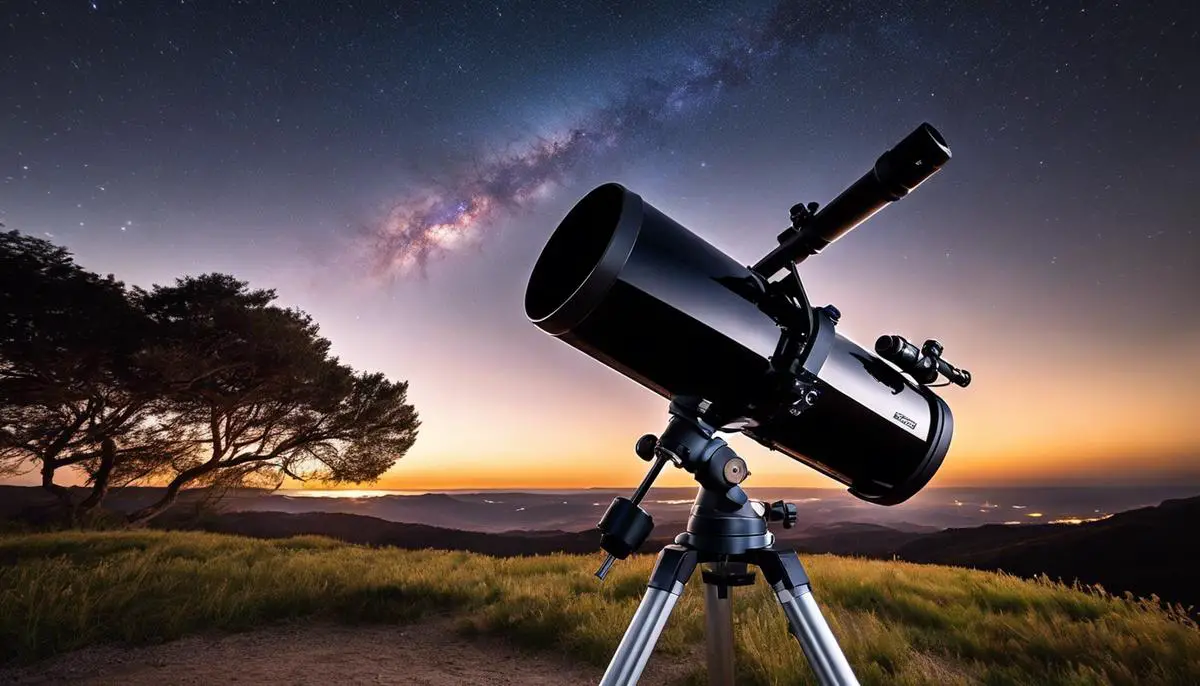
Astrophotography Integration
Advancing further into the intricate domain of astrophotography, one must deliberate upon the sensor size of the camera as a pivotal factor in capturing celestial images. Harnessing a larger sensor can yield a wider field of view, thus encapsulating more of the cosmic panorama within a single frame. This inherent trait complements the telescopic optics, ensuring that broader vistas of the starry realm are within one’s observational reach.
Coupled with sensor considerations, the sensitivity of the camera to light, or ISO capability, demands attention. In the hushed darkness of the cosmos, where light itself is a mere wisp upon the infinite canvas, cameras with high ISO sensitivity detect even the faintest glimmers, thereby unveiling the subtler structures of nebulae and galaxies that would otherwise elude the observer.
Calibration frames are the guardians of image integrity. These include dark frames, which expose the sensor’s own noise in the absence of light, flat frames that discern the uneven illumination or dust shadows on the sensor, and bias frames to suss out the inherent electronic noise of the camera. Together, they form an indispensable trio, ensuring the resulting images reflect the celestial truth, undistorted by the earthly imperfections of one’s instruments.
The role of adaptive optics cannot be undersold in this celestial pursuit. By mitigating the atmosphere’s turbulent dance, which distorts the incoming wavefronts of light, adaptive optics adjusts in real-time to clarify the image. Where once stars appeared as smearing blots of light, they become pinpoint beacons of clarity, drastically improving the resolution and potential scientific yield of the observation.
Moreover, the temperature of the camera’s sensor is a matter to monitor diligently. Long exposures inherent in astrophotography lead to the accumulation of heat, thus augmenting sensor noise. Therefore, cooling mechanisms are often employed, striving to suppress thermal noise and preserve the purity of the celestial chorus of light.
Finally, the digital processing of celestial images illuminates the splendor and complexity of our universe. Stacking multiple images can enhance the signal-to-noise ratio, a critical procedure that results in capturing the furtive whispers of distant objects. Through techniques such as stacking and post-processing adjustments, astrophotographers comb through the details, separating the wheat from the chaff and unveiling insights hidden within the photons that traverse the void.
In conclusion, telescopes employed in the service of astrophotography are not mere conduits of light; they are symphonic instruments, each component meticulously orchestrated to conjure images from the ether. It is through this diligent confluence of technology and technique that we draw closer to apprehending the enigmas of the stars, thrusting humanity ever forward on this noble quest to understand the cosmos.

Innovations in Telescope Technology
Advancements in Adaptive Optics and Sensor Technology: Paving the Way for Deeper Cosmic Discovery
In the ever-evolving field of deep sky astronomy, the pursuit of sharper and more detailed celestial images is relentless. The recent developments in adaptive optics represent a paramount leap forward. By employing flexible mirror surfaces and sophisticated computer algorithms, these systems can now correct for atmospheric turbulence in real-time, allowing telescopes to approach the theoretical limit of their resolution.
Moreover, the integration of large-format CCD and CMOS sensors in astrophotography has been revolutionary. These sensors are capable of detecting extremely faint light sources, thanks to their high quantum efficiency and low readout noise. The prowess of modern sensors to capture the full spectrum of light from distant galaxies and nebulae is instrumental in deepening our understanding of the universe’s structure and composition.
Coupled with these sensor advancements, the expanded ISO ranges enable cameras to record images under diverse lighting conditions. The more robust ISO capabilities effectively lower the barrier-to-entry for observing dim objects, providing astronomers with invaluable flexibility when documenting elusive cosmic phenomena.
The implementation of calibration frames—dark, flat, and bias—remains a critical practice in the astrophotographic community. By accounting for inherent sensor imperfections and environmental conditions, these frames are the bedrock upon which true celestial image quality is built. They are an indispensable tool in the astrophotographer’s arsenal, ensuring that the integrity of data remains uncompromised.
Thermal management of sensors is another domain where significant progress has been made. Given that sensors are subject to thermal noise that can degrade image quality, modern cooling techniques are essential. The ability to accurately monitor and control sensor temperature has become crucial in capturing clean, noise-minimized images suitable for both professional and amateur astronomers alike.
Finally, digital processing technologies have transformed raw celestial captures into breathtaking visions of the cosmos. Through image stacking and advanced post-processing methods, astronomers and astrophotographers are now able to distill clarity and detail from the cosmos that were previously lost in the noise of individual exposures. This enhancement of image quality through computational means has become an inseparable component of contemporary deep sky observation.
As the technology propelling telescopes and associated instrumentation continues its relentless march forward, the curtain veiling our universe’s most profound secrets is gradually being drawn back. These technical achievements not only augment the capabilities of individual astronomers but also enrich humanity’s collective comprehension of the cosmos. The beauty and complexity of the universe continuously unfold through the amalgamation of these technological advancements, reminding us that our quest to explore and understand the vast outer reaches is bounded only by the limits of innovation and human curiosity.
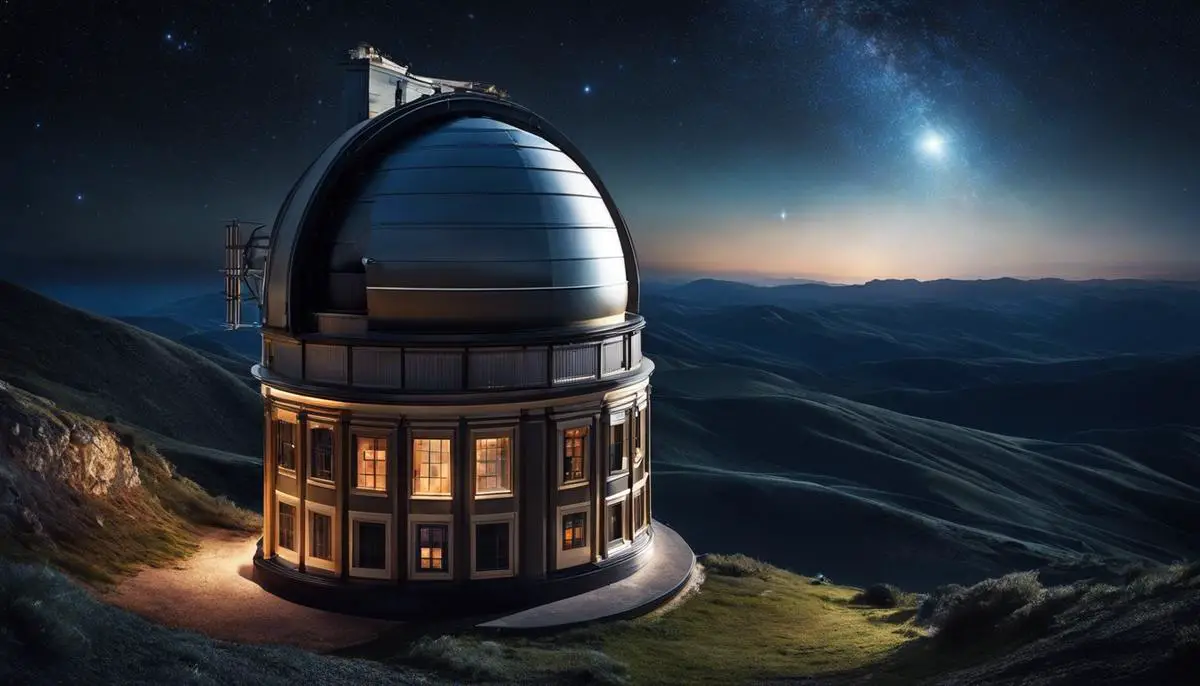
Comparative Analysis of Top Telescope Models
In the pursuit of deep sky observing, certain telescope models distinguish themselves through exemplary features and capabilities that address the nuances of celestial observation. These specialized instruments offer astronomers a superior platform for examining the faint and often elusive objects that populate our universe beyond the immediate solar neighborhood.
Schmidt-Cassegrain telescopes (SCTs), a hybrid optical design utilizing both mirrors and lenses, are noted for their compact form while providing substantial aperture and a versatile viewing experience. These instruments are beneficial for deep sky observation because of their closed tube design which limits image-degrading air currents and protects the optics. They are relatively lightweight, making them compatible with a variety of mounts and more accessible for amateur astronomers.
Reflecting telescopes, particularly those of the Dobsonian design, are valued for offering large apertures at a more economical price point. This telescope type provides ample light-gathering ability, which is essential for observing distant and faint celestial objects such as nebulae, galaxies, and star clusters. The Dobsonian mount, a simple yet effective alt-azimuth system, supports smooth and stable motion while scanning the night sky. It is this combination of affordability and functionality that makes Dobsonian reflectors a favored choice among deep sky observers.
Astrophotography-specialized telescopes, often referred to as astrographs, are specifically designed for imaging rather than visual observation. These telescopes may have a fast focal ratio, allowing them to capture more light in shorter exposure times, which is advantageous when documenting faint deep sky objects. Instruments such as the Ritchey-Chretien telescope, a variant of the Cassegrain reflecting design known for minimizing optical errors, are highly prized in this domain. Their sophisticated optics render sharp images across a wide field, an attribute that is of considerable importance in astrophotography.
When selecting a telescope for deep sky observation, observers must consider the telescope’s compatibility with advanced technologies. The integration of GoTo capabilities and specialized imaging software contribute to a more fruitful observation experience by simplifying the process of locating and tracking distant celestial bodies. Advanced features such as wireless control and remote operation can greatly enhance the efficiency and comfort of the user’s astronomical explorations.
It is evident that the union of design, optics, and technological integration defines the telescopes that excel in deep sky observation. Whether it is through the generous apertures of a Dobsonian reflector, the compact versatility of a Schmidt-Cassegrain, or the precision of an astrograph, these telescope models symbolize the unyielding human desire to reach beyond the fringes of our cosmic neighborhood and deepen our collective comprehension of the vast universe.
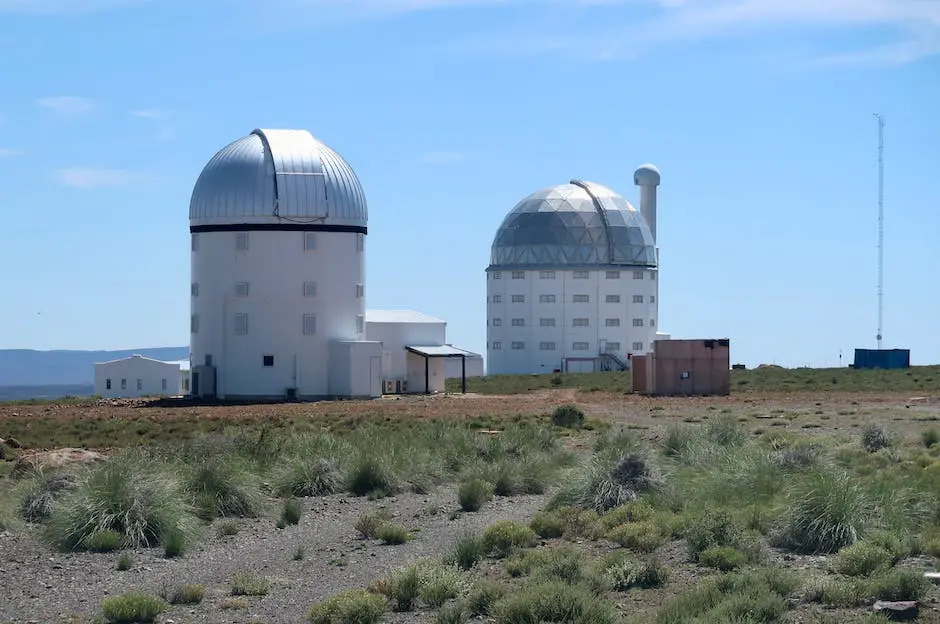
Practical Considerations and Recommendations
Optimizing Deep Sky Observations: Practical Approaches Beyond Equipment
Deep sky observations, an endeavor to scrutinize the vast and distant corners of our universe, require more than sophisticated equipment. In pursuit of galactic clarity, several key practices must be considered by any astute observer seeking to elevate their astronomical experience.
First and foremost is the imperative role of dark sky adherence. Astronomers must locate observing sites free from the pervasive glow of urban light pollution. It is paramount to select sites with low horizon barriers, unhindered by treelines or structures, to maximize available sky. This affords observers an unobstructed view, particularly vital for the detection of elusive celestial bodies.
Additionally, the pertinence of acclimating both observer and equipment cannot be overstated. Allowing telescopes to reach thermal equilibrium with the outdoor temperature reduces air currents within the tube that can degrade image sharpness. Similarly, observers should permit their eyes to adjust to the dark, a process commonly taking upwards of twenty minutes, to enhance their nocturnal visual sensitivity.
Moreover, the judicious use of astronomical charts or digital applications provides substantial benefits. These tools facilitate the efficient pinpointing of deep sky targets, ensuring valuable observing time is not squandered. Proper planning of the observation session, with established targets and sequences, serves to optimize the overall experience.
The utility of additional observing accessories also augments deep sky observation outcomes. Averted vision techniques, wherein one views an object indirectly to engage more sensitive peripheral photoreceptors, can reveal fainter details. Complementary to this, observers may employ nebula filters that contrast certain emission lines against the sky’s background, facilitating the discernment of nebulae and galaxies.
Moreover, astute note-taking and systematic recording of observations cannot be trivialized; they provide a framework upon which future observations can be structured and improved. Such details might include seeing conditions, equipment settings, and personal impressions of observed phenomena.
In summary, while technical instrumentation forms the backbone of deep sky observations, the confluence of ideal location, preparation, utilization of ancillary tools, and methodical documentation fundamentally enriches one’s astronomical pursuits. These practices, when harmoniously executed, bestow upon the observer the fullest measure of the cosmos’s grandeur, unhampered by terrestrial limitations.
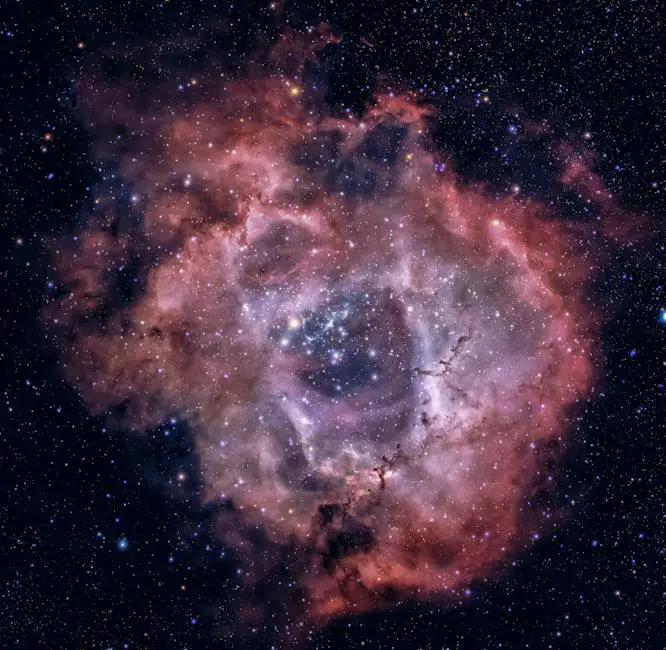
Embarking on the journey of deep sky observing is a testament to the human spirit of curiosity and our unrelenting quest for knowledge. With the guidance of this exploration through the cutting-edge technologies and practical strategies outlined herein, enthusiasts are well-equipped to unfold the canvas of the night sky with reverence and skill. The heavens have much to teach us, from the grandiose splendor of spiraling galaxies to the enigmatic charm of nebulous formations. May every observer find clarity in our atmosphere’s window and camaraderie in the shared pursuit of celestial discovery, creating a symphony of intellectual triumph and wonderment under the stars.
![]()
